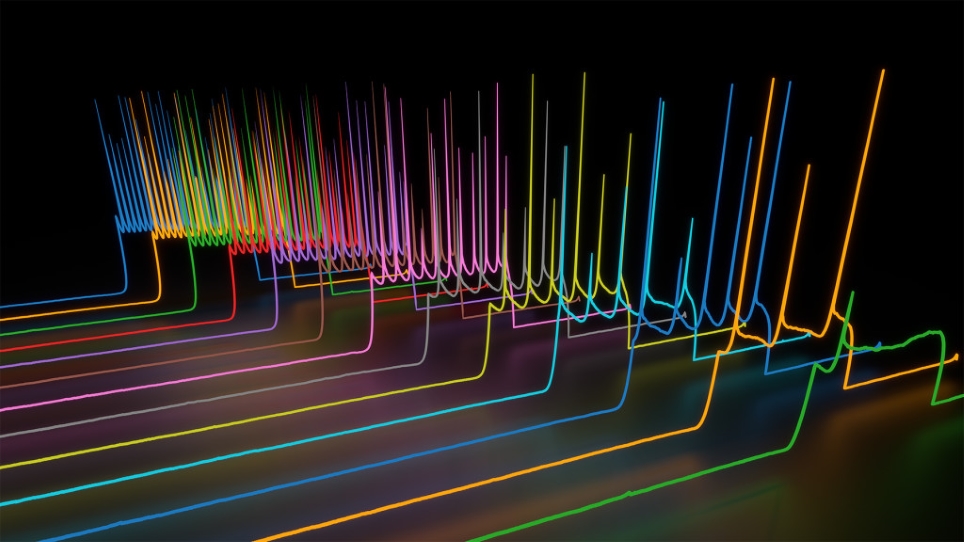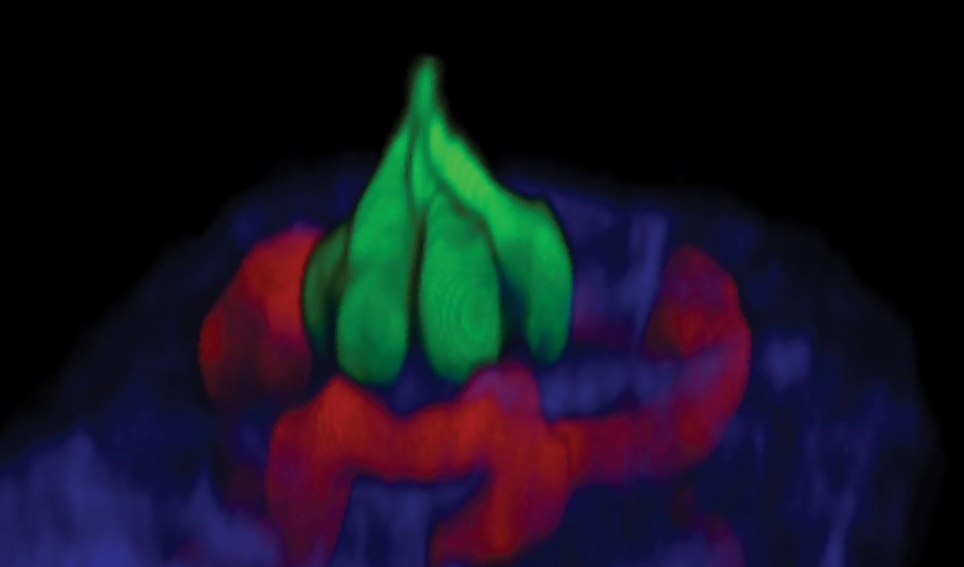
Scientifica’s top 10 articles of 2015
In 2015, we’ve posted a considerable number of neuroscience articles with a bias towards research using electrophysiology, two-photon imaging or optogenetics. In a typical ‘end of year’ fashion, we’ve looked back and found the 10 most popular articles from the last year.
We’ve selected a range of articles including research news, publishing tips, and even this year’s April Fools’ joke for your perusal.
In no particular order, here are your top 10 articles:
7 tips to get your first paper published in a journal
When beginning a PhD, the prospect of getting published often feels like it's a long way in the future, but in 3 or 4 years many will have had at least one paper in a journal.
The idea of actually writing a paper may seem exciting, but it can also lead to a fair amount of stress and anxiety.
In an attempt to help reduce that anxiety, we asked a couple of well-established researchers, with many papers under their belt, to give us their top tips on getting published for the first time.
How to make your scientific poster stand out
Scientific poster sessions are a great opportunity for graduate students and young researchers to show off their recent work to a wide group of people, including senior scientists. The biggest problem with these sessions is that they tend to have vast numbers of posters and people all vying for attention.
What can you do to make your poster draw the attention of busy, and quite possibly exhausted, researchers above the others?
How to write a constructive literature review
Whatever your views on lectures as a learning tool, they are still used as the main way of transmitting information to large numbers of students simultaneously in the majority of universities. It appears that they won't be disappearing anytime soon. Therefore, we need to find a way to make the best use of the format.
There are a number of reasons that some lectures fail. Find out why in this article.
First-of-its-kind database of individual neurons launched

The Allen Institute for Brain Science recently released its initial set of data on properties of individual neurons to help understand the building blocks of the brain.
Each of the 80 billion or so neurons in the human brain is unique and they come in an incredible array of shapes, functions and electrical properties. Sorting these cells into types is fundamental to making sense of how the healthy brain functions and what goes wrong in neurological diseases.
iLASU: The world’s first mobile app for optogenetics
Re-live our April Fools’ joke: iLASU.
iLASU is built on technology from Scientifica's Laser Applied Stimulation & Uncaging system (LASU). It uses advanced micro-LED polarising technologies to harness the power of the phone’s inbuilt light, turning your mobile device into a fully working optogenetic system.
So you’re doing a PhD... but what next?
Congratulations! You are one of the lucky few who has been selected to do a PhD; a great achievement. But you will soon have completed your adventures within traditional education after what is likely to have been over two decades of hard work. Now is the time to be thinking about your next move.
Turning on happy memories can reverse depression
Scientists have cured the symptoms of depression in mice by using optogenetics to artificially activate neurons associated with positive memories.
This suggests a potential treatment pathway for depression through the manipulation of the brain cells where memories are stored.
The sight of taste: Live observations of taste buds in action

Scientists have for the first time captured live images of taste buds in the process of taste sensation thanks to a new method of multiphoton imaging.
The research, published in Nature's Scientific Reports, shows how an international team of researchers were able to image single cells on the tongue of a mouse, with a specially designed microscope.
Rewiring the brain
A new technique that gives neuroscientists the ability to edit the connections between neurons in has been shown to modify behaviour in nematode worms.
This approach, if translatable to humans, could lead to a new way of understanding how our brains work and even what consciousness is. It may also create a new means of studying abnormal brain connectivity in diseases such as Epilepsy, Alzheimer's and Schizophrenia.
Top 10 discoveries in 10 years of optogenetics
Ten years ago in September, Ed Boyden and colleagues from Stanford University published a paper demonstrating the first activation of neurons with a technique that came to be known as optogenetics.
To celebrate the anniversary of the paper, and the advent of a powerful new method for neuroscience research, we have collected ten papers and discoveries made possible thanks to optogenetics.
That’s it. Thank you for reading during 2015, and we look forward to an exciting 2016. If there are any subjects you would like us to write about, let us know in the comments below.

)